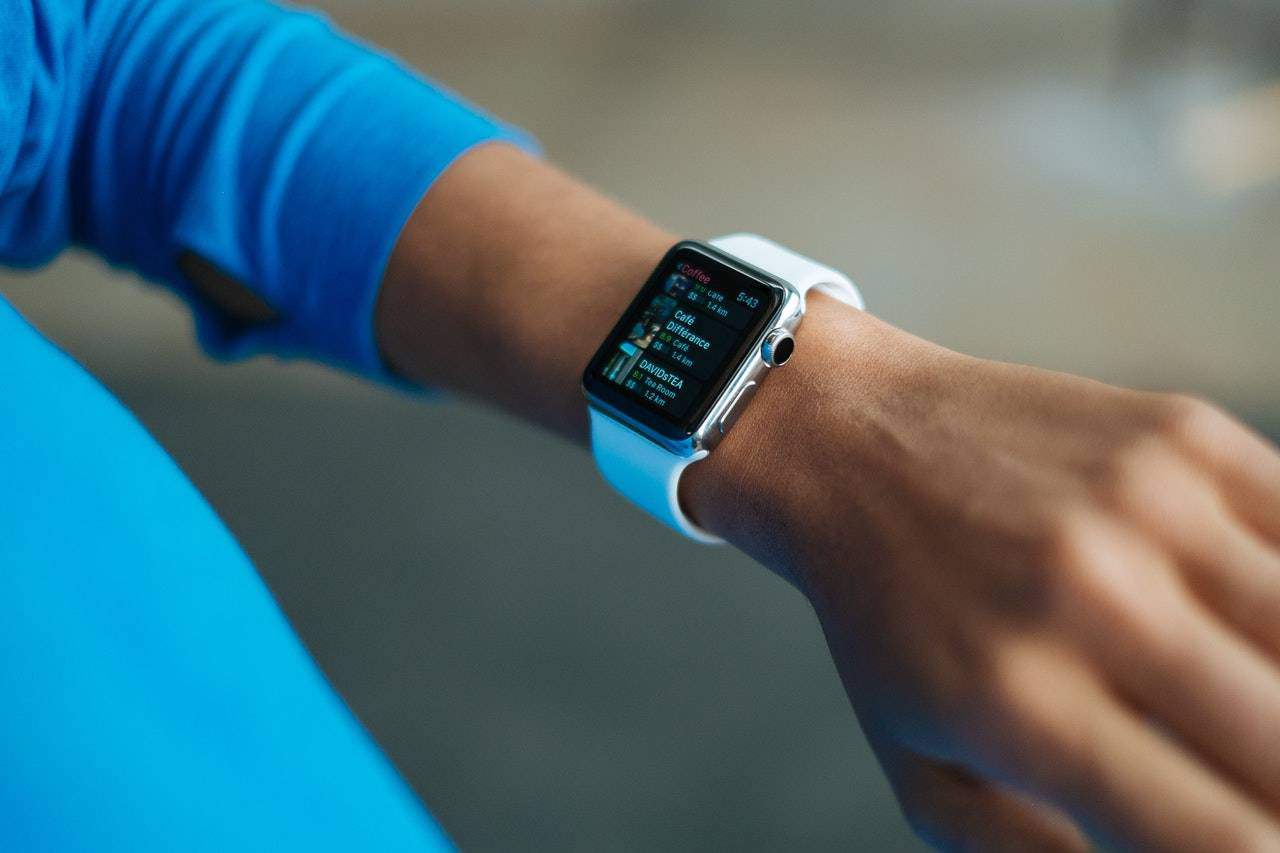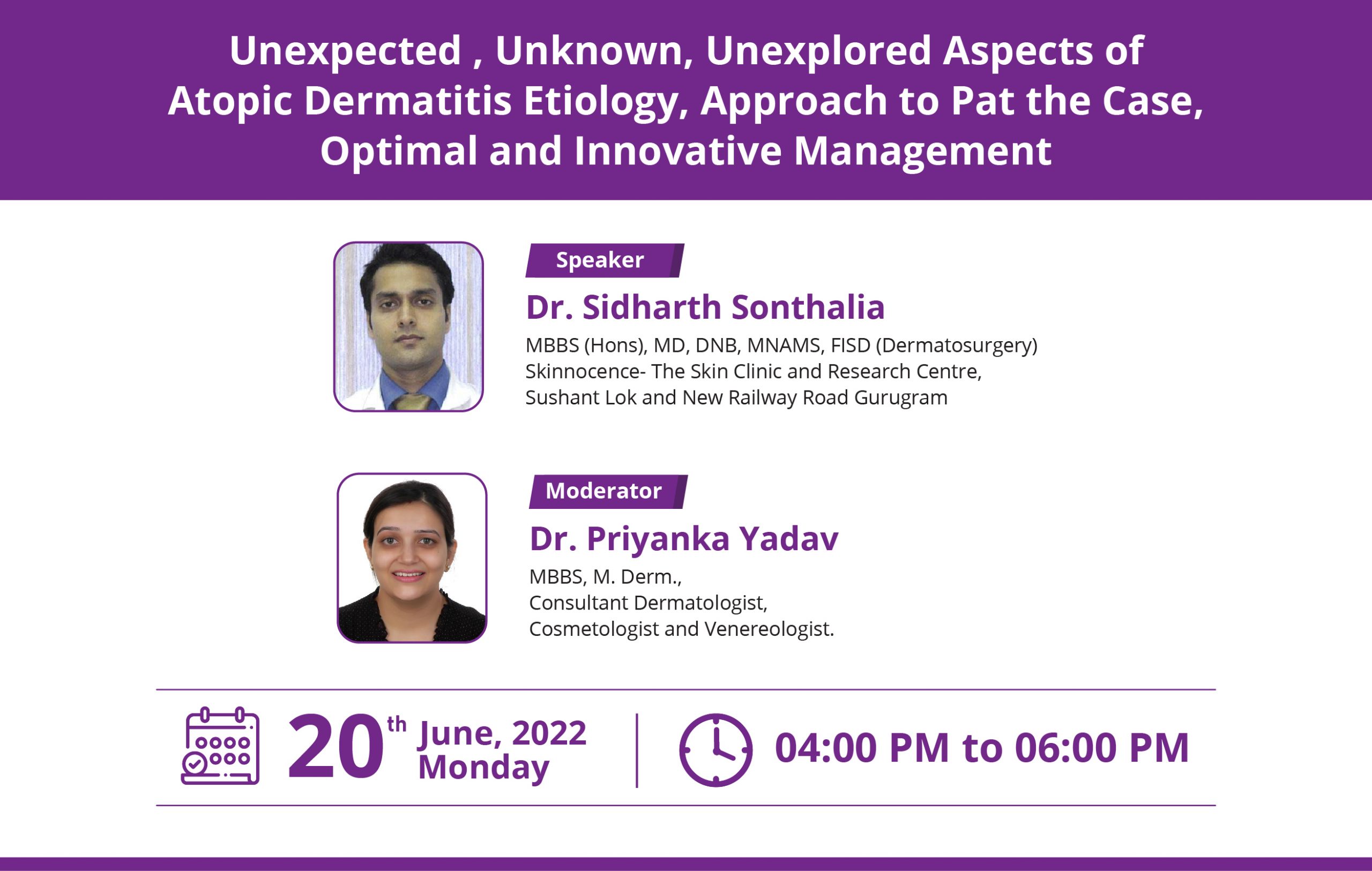
Wearables digital technology measures atopic dermatitis itch while sleeping
An organization started assessing the utilization of computerized innovations in clinical preliminaries, the conversations were generally calculated. People obsessed about the right methodology, the nature of the information, and whether the endeavors would be acknowledged by controllers. Those conversations appeared to prompt a greater number of inquiries than responses.
A long time back they chose to quit discussing and began pursuing the choice to put wearables in three clinical preliminaries. The thinking behind this work was very basic. The expected advantages for patients are perfect to such an extent that we believed we needed to supplant manual, customary clinical preliminary strategies with advanced arrangements.
The organization needed to send computerized innovations yet additionally needed to further develop the manner in which it planned clinical preliminaries to make them more information driven. A focal point of greatness was made for a clinical preliminary plan that zeroed in on utilizing enormous informational collections. Its motivation was to assist groups with envisioning the necessary patient populace, the effect of their plan choices on patients, and the normal effect of geology and the study of disease transmission.
USE wearables TO TRACK Movements
The organization ran three pilot projects with wearables that turned out great. One preliminary was directed utilizing the Philips Actigraphy watch to quantify rest quality and tingling in patients with atopic dermatitis. AbbVie plans to execute this new innovation as a feature of Stage 3 preliminaries.
They likewise involved wearables gadgets in a preliminary for patients with cutting edge Parkinson's sickness. In the preliminary, step and rest were estimated, and are especially hard to gauge utilizing customary techniques with pen and paper. For this preliminary, patients wore a sensor on their arm and leg that consistently and equitably estimated Parkinson engine side effects.
These action gadgets estimated development at the wrist and lower leg. This empowered them to identify whether the patient was having a quake. For instance, more than a 24-hour term, utilizing a set of measurements, we could figure out what percent of the time patients were in charge of their side effects. A calculation likewise empowered specialists to decide if patients had a decent step, or on the other hand in the event that the Parkinson's medication would lose viability as patients got to the furthest limit of the dosing stretch. The gadgets assisted scientists with deciding how well a patient was dozing; we realize that rest quality for Parkinson's infection patients immensely affects their personal satisfaction. In the event that patients have unfortunate rest quality on the grounds that their medication isn't as compelling around evening time, they will feel awful during the day.
The wrist and lower leg action trackers were utilized in an underlying pilot study. They have now supplanted those gadgets with a remote fix worn on an arm and leg. The patches are more agreeable and less meddling for patients.
A third preliminary utilized a Fitbit to gauge movement levels as a proportion of expanded personal satisfaction.
KEY LEARNINGS and Cutting edge Computerized Preliminaries
There were a few vital focal points in those beginning involving computerized innovations in clinical preliminaries. For instance, each time patients visited the center, somebody needed to confirm they were really utilizing the gadgets and gathering the expected information. There likewise must be an information download performed around then. While the undertaking is easy, site staff just didn't have the experience important to appropriately perform it. Scott portrays the movement gadgets as being huge and cumbersome, and the skin on patients with atopic dermatitis would get aggravated by them. Therefore, a few patients just choose to quit wearing them.
Another key learning was that significantly more must be finished to drive the computerized culture.. I like to tell individuals it is alright to commit errors and to fall flat. What's significant is that we gain from those circumstances and immediately develop.
Today, every review group should think about a computerized technique in their preparation. The organization additionally made the place of advanced valet. Carried out in the DDC, this individual will lead groups through the most common way of bringing advanced advances into clinical preliminaries. The organization enlisted had insight in planning and designing gadgets, qualifying them, and conveying them in clinical preliminaries.
THE Impacts OF Gadget Structure Variable
The present wearables can gather tremendous volumes of information. For instance, one gadget can gather development information a few hundred times each second, which creates a colossal informational collection.
In any case, the capacity to get to that information shifts relying on the kind of gadget utilized. Shopper grade gadgets are more easy to use, however the information they give has previously been handled through a calculation and is in many cases restricted (e.g., no one but time can be followed). Clinical grade gadgets, then again, are enormous and cumbersome however give the crude information AbbVie requires.
There are clear compromises between these gadgets. On the off chance that we had utilized an Apple watch, which likewise gathers action information, the patients could have thought that it is really captivating and may have picked to wear it on a more regular basis. The Phillips watch was clinical grade, and that was the worth we found in utilizing it.
Visit DocMode for Courses and lectures

















